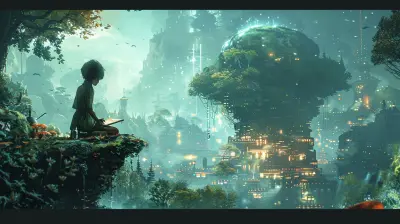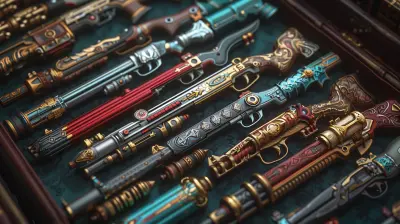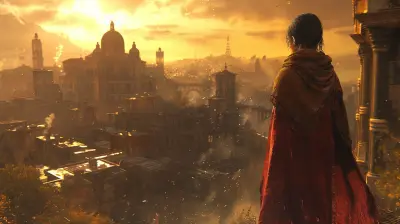How Visual Design Impacts Player Behavior in Games
2 September 2025
Gaming is an art form that merges storytelling, design, and technology to whisk players away to fantastical worlds or challenging conquests. But have you ever wondered what truly holds our attention in-game? The action-packed gameplay? Intricate storylines? While those play a massive role, we often overlook something else equally crucial: visual design.
Visual design isn’t just about making a game "look pretty." It subtly nudges player behavior, influences emotions, and molds the overall gaming experience. Let’s dive into how those beautifully crafted game environments and pixel-perfect details actually shape the way we play.
Why Visual Design Matters in Games
Picture this: You boot up a new game and find yourself surrounded by dull colors, awkward layouts, and lifeless environments. Not very appealing, right? Now imagine stepping into a lush, vibrant jungle teeming with colors and realistic textures. You can almost hear the rustling leaves and chirping birds. That’s the power of good visual design.Visual elements are the first thing players notice when they start a game. And whether they choose to keep playing or hit the "exit game" button often depends on how engaging and immersive the visual experience is. But it doesn’t stop at aesthetics—it goes deeper. The design elements direct us, inspire emotions, and even guide how we interact with the game.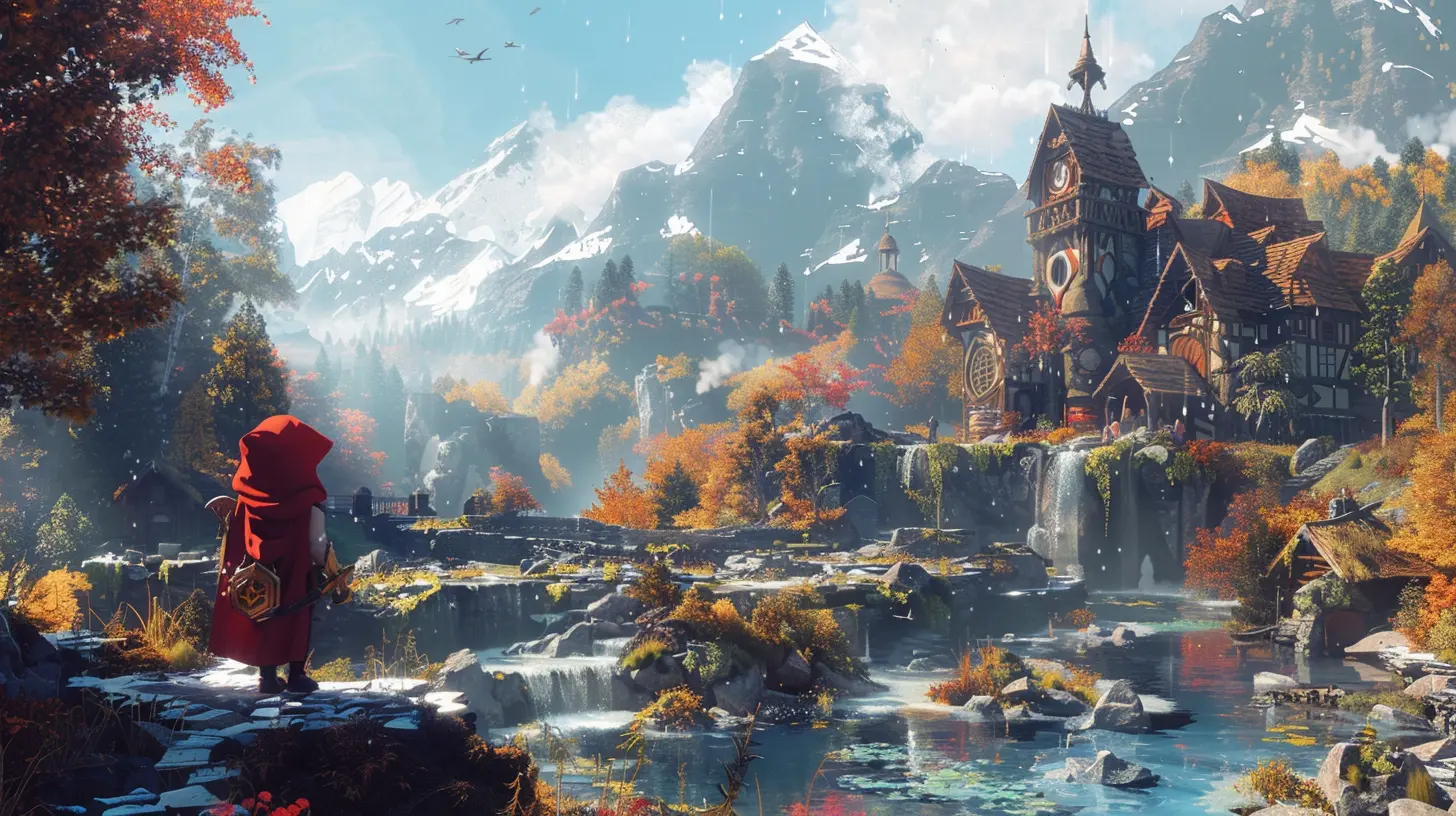
The Connection Between Visual Design and Player Psychology
Here’s a little secret: Game designers are like magicians—they subtly influence players’ minds without them realizing it. But instead of sleight of hand, they use visual elements like colors, lighting, and geometry.Think of it this way: Have you ever felt anxious in a dark, dimly lit dungeon in a game? Or energized when surrounded by bright, lively environments? That’s no accident. Psychology plays a key role in how visual design impacts players emotionally and behaviorally.
Colors and Emotions
Colors are a game designer’s best friend—and for good reason. Different colors evoke different emotions. Red signifies danger, urgency, or excitement, while blue often brings calmness and trust. In action games, developers might use red-tinted lighting to signify enemy zones, immediately triggering feelings of tension or alertness in the player.Similarly, softer pastels might be used in cozy simulation games to create a relaxed, feel-good vibe. The color palette subconsciously sets the mood, aligning perfectly with the game’s intended tone.
Lighting and Its Influence
Lighting doesn’t just help you see things in the game—it creates atmosphere. Ever notice how survival horror games always lean into dark, gloomy lighting? That’s by design! Low light amps up fear and uncertainty, keeping players on edge.On the flip side, vivid lighting in open-world RPGs or adventure games invites exploration. The way shadows fall, the use of lens flares, or even how the light bounces impacts how players approach the environment. It tells a silent story—pointing out where to go or warning you of danger lurking nearby.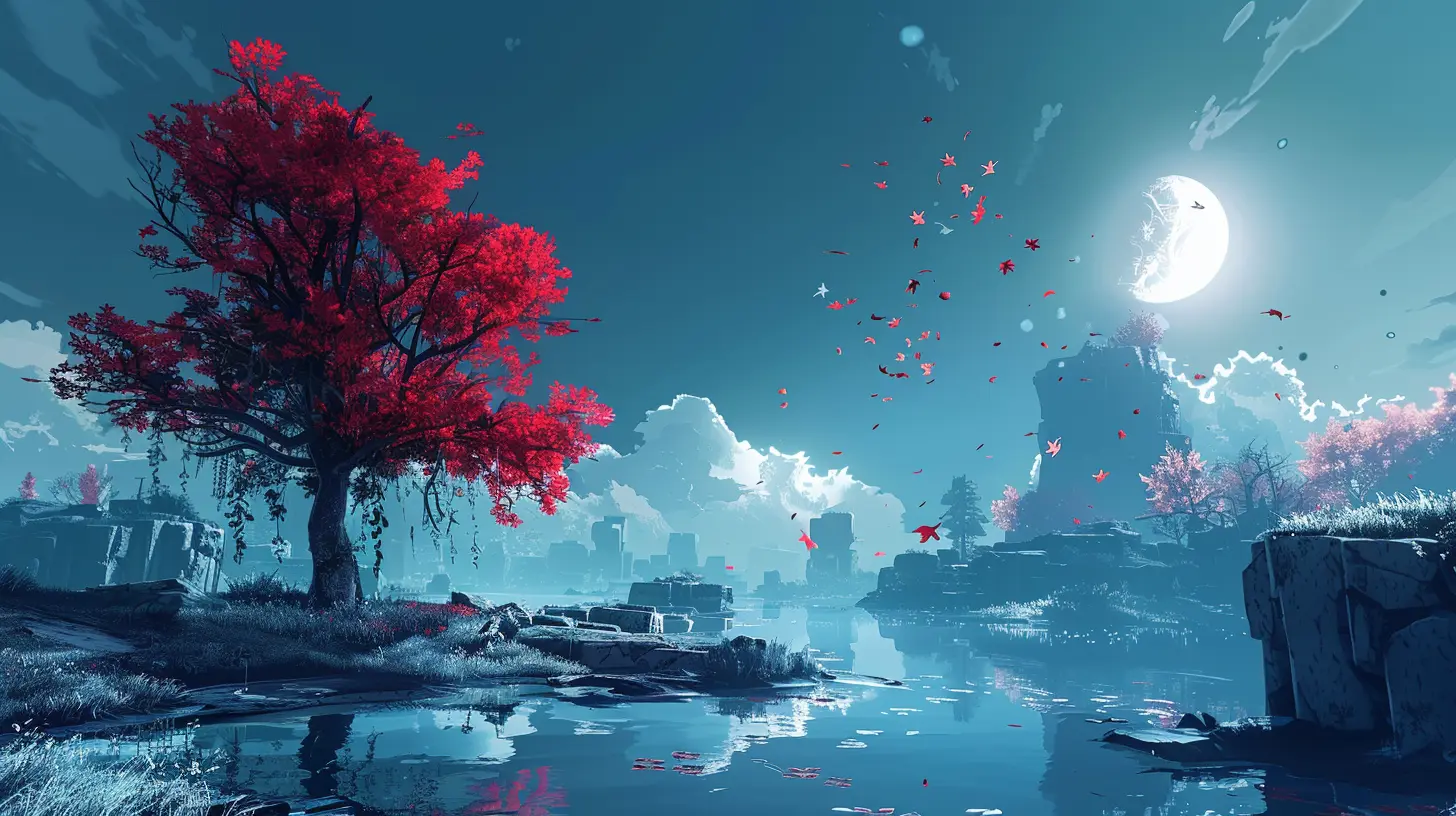
How Visual Design Guides Player Behavior
Visual design isn’t just there to elicit emotions—it also functions as a guide. Cleverly crafted visual cues steer players, helping them interpret the game world without the need for constant tutorials.Environmental Storytelling
Ever walked into a ruined castle in a fantasy RPG and thought, “Wow, something really bad must’ve happened here”? Environmental storytelling uses visuals to fill in the gaps. Scattered books, toppled furniture, or claw marks on walls tell a story without a single line of dialogue. These subtle elements guide players to piece together the lore on their own.Even small, overlooked details—like the placement of objects—can push players toward discovering hidden secrets or plot points.
Navigation Through Design
Let’s talk about level design. Games don’t come with a built-in GPS (though we wish they did sometimes). Instead, designers use visual cues to naturally guide players. Brightly lit paths, unique landmarks, and contrasting colors all stand out, subtly nudging players in the right direction.For instance, think of a platformer game. You're standing on a ledge, unsure where to jump next. Then you see a shiny coin or glowing mark in the distance. That’s the game saying, “Hey, try going here!” without actually spelling it out.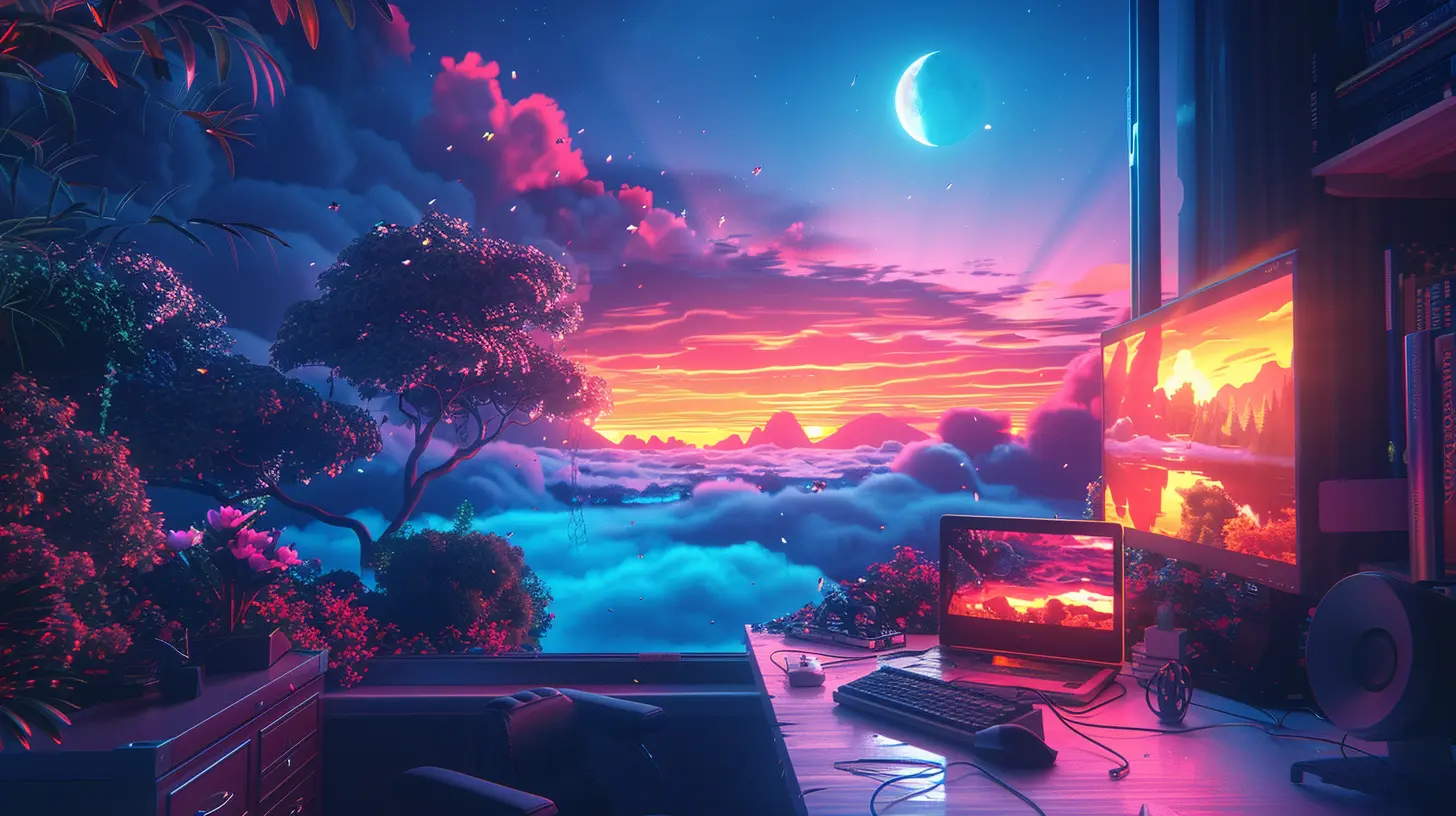
The Role of Visual Consistency in Immersion
Consistency is key in creating an immersive gaming experience. Imagine playing a farm simulation with hyper-realistic visuals, only to have cartoonish animal designs thrown into the mix. It would feel jarring and ruin the immersion, right?Visual consistency ensures that every element of the game—from the characters to the environments—feels like it belongs. When done right, it makes the game world feel alive and cohesive. Players are more likely to lose themselves in the experience when everything feels in harmony.
Real-Life Examples: Games With Stand-Out Visual Design
Let’s look at some games that nailed visual design and used it to influence player behavior.1. Dark Souls Series
When it comes to environmental storytelling, Dark Souls is legendary. The haunting, decayed landscapes hint at a world long past its prime. The dim lighting and gothic architecture constantly remind players of the grim challenges ahead. Even the enemies reflect the game’s bleak tone, reinforcing the sense of despair and struggle. Yet, small glimpses of light in the distance often act as beacons, encouraging players to push forward.2. The Legend of Zelda: Breath of the Wild
Breath of the Wild is a masterclass in open-world design. Its expansive landscapes, vibrant colors, and clever use of landmarks encourage exploration. The game subtly guides players through its massive map using visual cues like distinctive structures, glowing shrines, or unique geological features. Players aren’t funneled down a linear path—they’re invited to wander and discover organically.3. Among Us
Even the simplest of games can leverage effective visual design. In Among Us, the color-coded crewmates make it easy to identify players during gameplay. The stark contrast between brightly colored characters and the dim spaceship interior builds tension, especially when the lights go out. It’s a great example of how minimalistic design can still have a massive impact.Why Gamers Care About Visual Design
So, why does visual design matter to us as players? Because it makes or breaks how we experience a game. Whether we’re feeling tense in a horror game, relaxed in a simulation, or curious in an RPG, those feelings don’t just happen—they’re carefully crafted through design.Moreover, a well-designed game doesn’t just entertain—it leaves a lasting impression. The visuals stick with us, becoming part of what we remember and talk about with friends. That lush forest you explored or the creepy mansion you escaped from? It’s all thanks to brilliant visual design.
Closing Thoughts
Visual design in games goes way beyond aesthetics. It influences how we feel, think, and interact in every step of our adventure. It’s the unspoken language that shapes our experience without us even realizing it. So, the next time you're enchanted by a game world or find yourself instinctively knowing where to go, take a moment to appreciate the artistry behind it.After all, in gaming, what we see is often just as important as what we play.
all images in this post were generated using AI tools
Category:
Game DesignAuthor:

Aurora Sharpe
Discussion
rate this article
1 comments
Paxton Fletcher
Fascinating topic! How do specific design elements shape player emotions and decisions in game play?
September 20, 2025 at 4:37 AM

Aurora Sharpe
Thank you! Specific design elements, like color schemes, lighting, and character design, can evoke emotions and influence decisions by creating immersive atmospheres, guiding attention, and establishing connections with players, ultimately shaping their gameplay experience.
